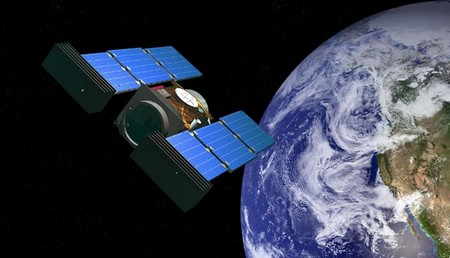2
2009
Who Discovered Planet Earth
To discover Earth, you have to be coming from outside the planet. So far no one has come out and say Earth had been discovered by aliens. The fact is, Earth has been here for the longest time. The planet has been here far longer than humans have.
Earth according to the ancients
Earth being the third planet from the sun is said to have been known by the ancient Egyptians, Greeks, and Sumerians. Ancient humans in other parts of the world, on the other hand, thought the Earth was at the center of the universe. They believed planets, stars, suns, and moons spin around the Earth. The Vikings and Arabs thought the Earth was flat.
If you step outside of your house at night, you would feel the same way, too. But astronomers in the past faced a few problems. They noticed that some planets did not move in a straight trail. Some would stop, others moved backwards. Still others would move back and forth. Ptolemy thus concluded that the other planets orbited inside little spheres. In turn these sphere revolved around the Earth.

Earth according to Copernicus and Galileo
Nicolaus Copernicus came up with the heliocentric model of the solar system in the 16th century. He proposed that the Earth and the planets revolved around the sun instead. He based his observations on Galileo’s model. Galileo observed that Jupiter had its own moons and Venus had the same phases as the moon.

Earth as we know it today
Recently a team of scientists from McGill University in Canada have discovered the oldest rocks on the planet. They said knowing how old the rocks were would tell them just how planet Earth began. They dug up the rocks in Quebec. The rocks were said to be 4.28 billion years old. This brings the age of the planet 300 million years older than is commonly known. According to Jonathan O’Neil, a geologist at McGill University, the rocks show that continents formed on the planet much earlier that what is widely assumed.
The Earth is a weird planet. It is the only planet in the Solar System that has an active plate tectonics. While it does not ring a positive recall, plate tectonics serves a purpose. Plate tectonics brings up carbon-rich plants from the bottom of the oceans. Every time tectonic plates shift and overlie each other, these micro-organisms rise to the surface and cushion greenhouse effect.
Contrary to popular belief, the Earth is mainly made up of iron, oxygen, and silicon. Most iron deposits are found deep at the Earth’s core. It is said to be 88% iron. That is why Earth’s core holds things together on the surface. The planet’s crust is 47% oxygen.
Earth’s other name is the blue planet, for good measure: 70% of the planet is covered with water. And it is not true either that an Earth day lasts 24 hours. The exact Earthling day lasts 23 hours, 56 minutes and 4 seconds. Astronomers call one Earth day as sidereal day. It is the time it takes the planet to orbit its axis.
It is said the Earth has another 5 billion years to live, beyond which it will turn into a burnt out planet, along with the sun.

 An article by
An article by 




